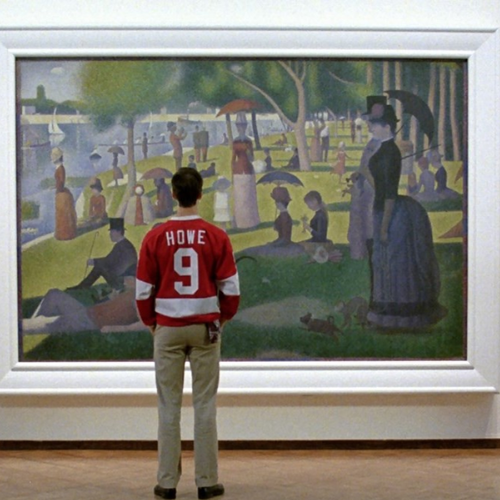What is Coral, and How Does it Form?
Found in warm, tropical waters, coral reefs are formed when small, soft-bodied animals called polyps create limestone shells as a form of self-protection. Polyps are able to create limestone by extracting calcium carbonate from the water. Polyps have different methods of reproduction depending on their type, but through reproduction, thousands of coral polyps can come together to create a coral colony. As a colony expands, its limestone housing can take unique and individual shapes, influenced by many factors, including ocean currents and how the colony is positioned on a reef. When polyps die, their hard limestone shells remain, and new polyps build on the shells, creating ever more complex and beautiful structures. Between one and eight million species are connected to coral reef ecosystems, and many play crucial roles in forming and maintaining the health of the reef. One of the Seven Wonders of the Natural World, the Great Barrier Reef in Australia is the world’s largest coral reef, comprising over 3,000 reef systems and hundreds of islands. This vast and majestic natural treasure is the only living thing on Earth that is visible from outer space.Coral Jewelry History
The history of coral jewelry in Europe dates at least to ancient Rome, where it was believed to protect children and ward against evil. Pliny the Elder is said to have recommended coral to guard against the allure of temptresses, and red coral was thought to have powers for warding off dangers. It was also viewed as a thing of beauty and powerfully religious. Renaissance paintings of the Christ Child often depict him holding or wearing protective coral amulets. Elsewhere in the world, coral was viewed as an auspicious and important symbol of longevity, such as in ancient China. Native Americans, introduced to coral by European traders, ascribed deep meaning and significance to it, as the color red symbolizes many things to many tribes, including power, speed and status.

Coral experienced an explosion in popularity during the 1920s, when European designers of Art Deco pieces began using it as a way to introduce color into jewelry, mixing it with onyx, diamonds, lacquer or lapis lazuli in everything from pendants, rings and brooches to combs and other hair ornaments. The incorporation of coral proved extremely popular, and it became a staple of jewelry design. It later inspired artists such as David Webb, who was drawn to working with unique and unconventional materials, to create some of his most daring and memorable designs.

M.S. Rau is proud to provide a wide variety of coral jewelry in the most desirable colors to complement any taste and outfit. The exceptional coral cabochon at the center of the classic Van Cleef & Arpels ring below exhibits a delicate “angel skin” hue, an extremely desirable pale pink color, while the exquisite Carved Jade & Coral Brooch by Cartier features a fiery red-orange tone. While vintage coral works are highly valuable, contemporary artists such as JAR incorporate coral into fresh and innovative pieces with bold, modern flair.


Coral in Everyday Objects
Not just for jewelry, coral is a sumptuous addition to a variety of decorative and functional objects. The exquisite table clock below is believed to have been part of the legendary collection of the Sultan of Brunei. Known for his extravagant taste, this exceptionally fine clock certainly embodies luxury, with shimmering white diamonds totaling approximately 4.60 carats encircling the gold face and adorning the scalloped openwork that travels down the timepiece, encaging a stem crafted of exotic coral.

One of the most interesting coral objects we’ve come across is the 18th-century George II-period teething stick below. Coral appears in many legends and stories of folklore, and it has been connected with the growth of human teeth because of the way it hardens when taken from the water. This attribute, along with the belief that coral warded off evil and had curative powers, led to the material’s use as a teething aid. The practice is believed to have begun with the Egyptians, who used coral teething rings inscribed with the head of the dwarf god Bes, who was associated with child welfare. Other substances, such as wax candles, cool silver spoons (hence the term “born with a silver spoon in one’s mouth”) and even candy sticks, were used to soothe sore gums throughout the 17th and 18th centuries. Coral was eventually replaced by ivory, and later mother of pearl, as superstitions faded and medical knowledge advanced.

We hope you’ve enjoyed learning more about coral, the treasured gem of the sea. To discover more of our coral masterpieces, explore our coral collection here. To learn more about historic jewelry designs and trends, please visit our new online exhibit, Extravagant Jewels: A History of Jewelry Design.








